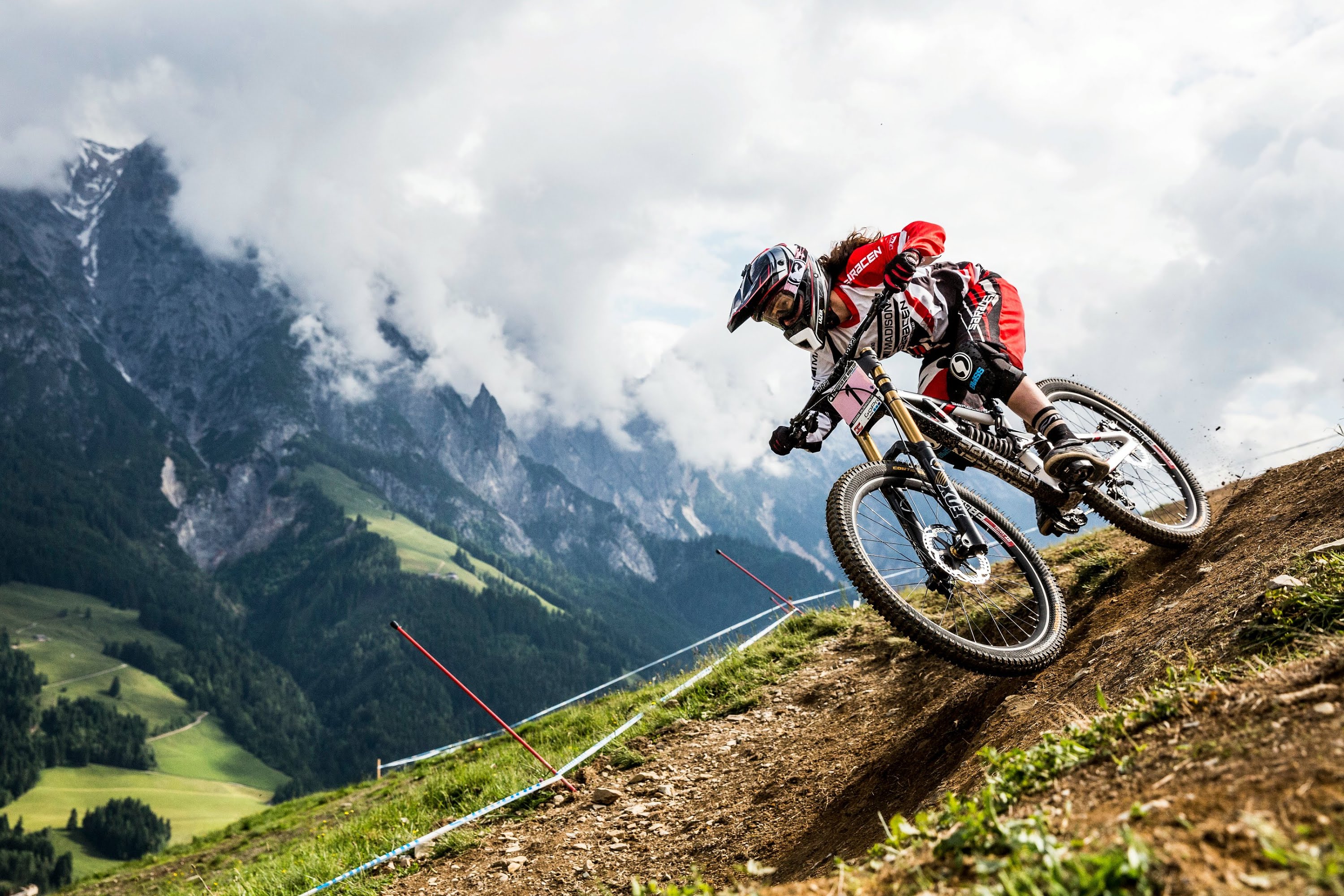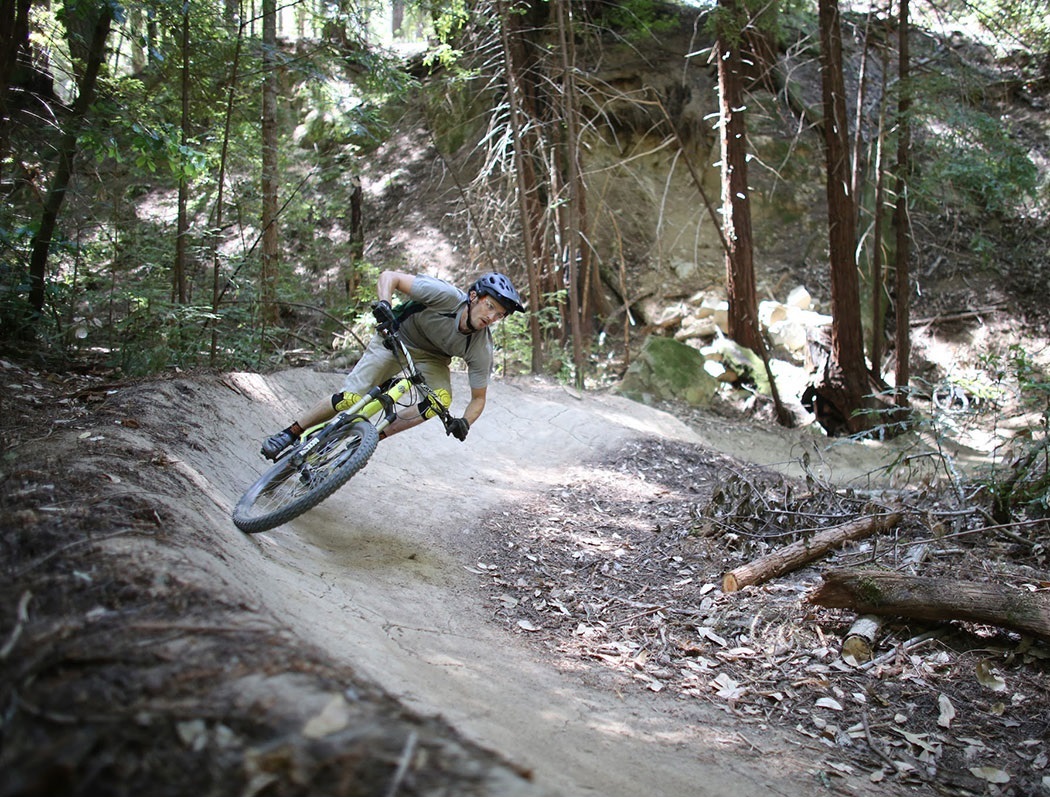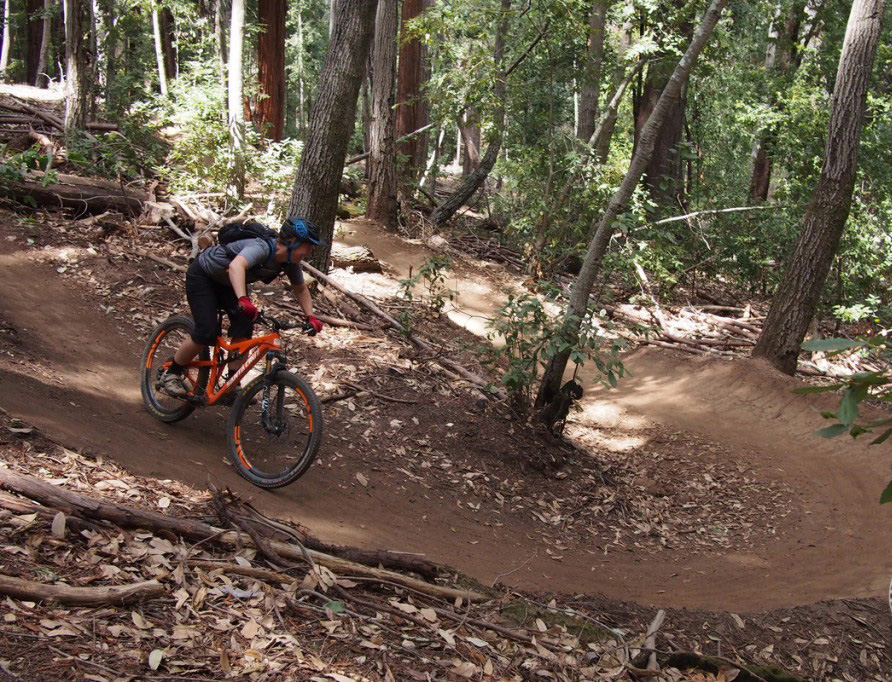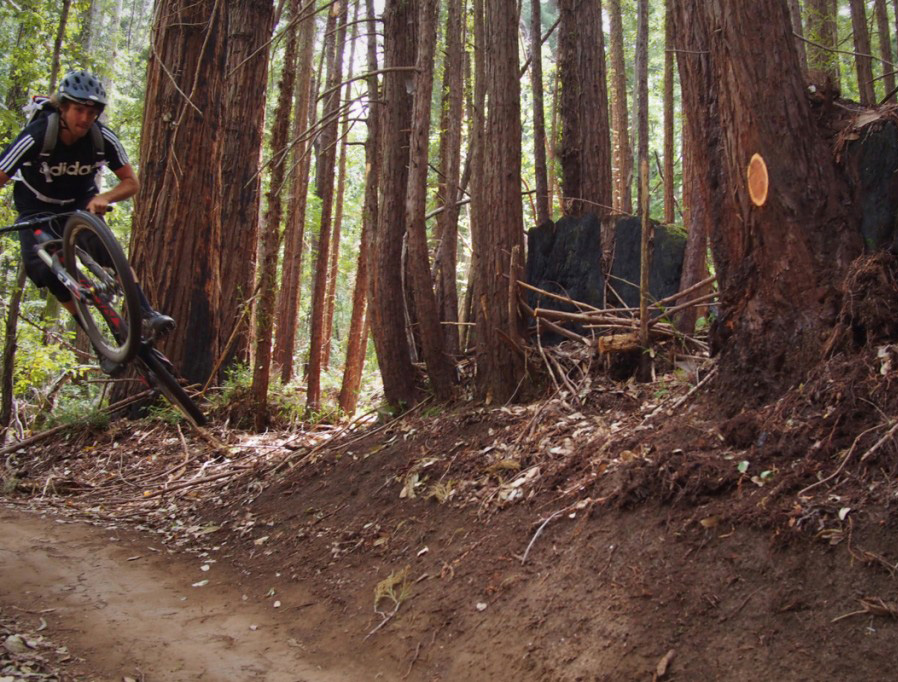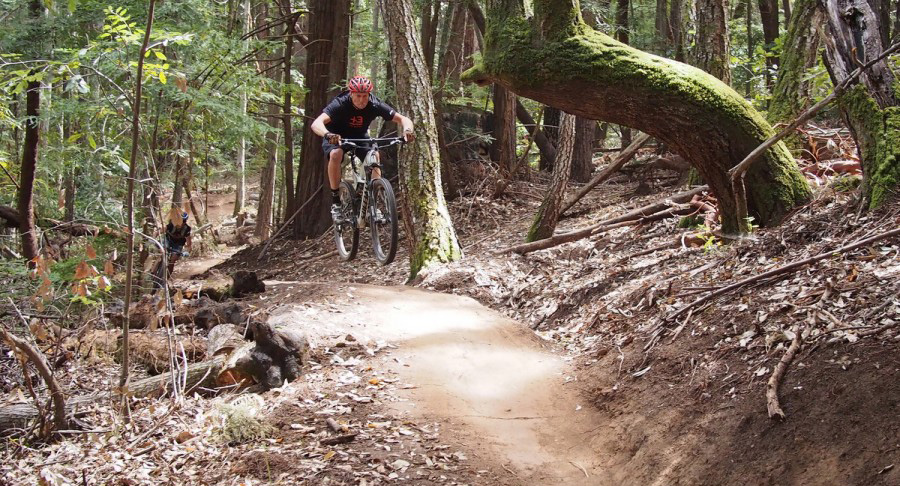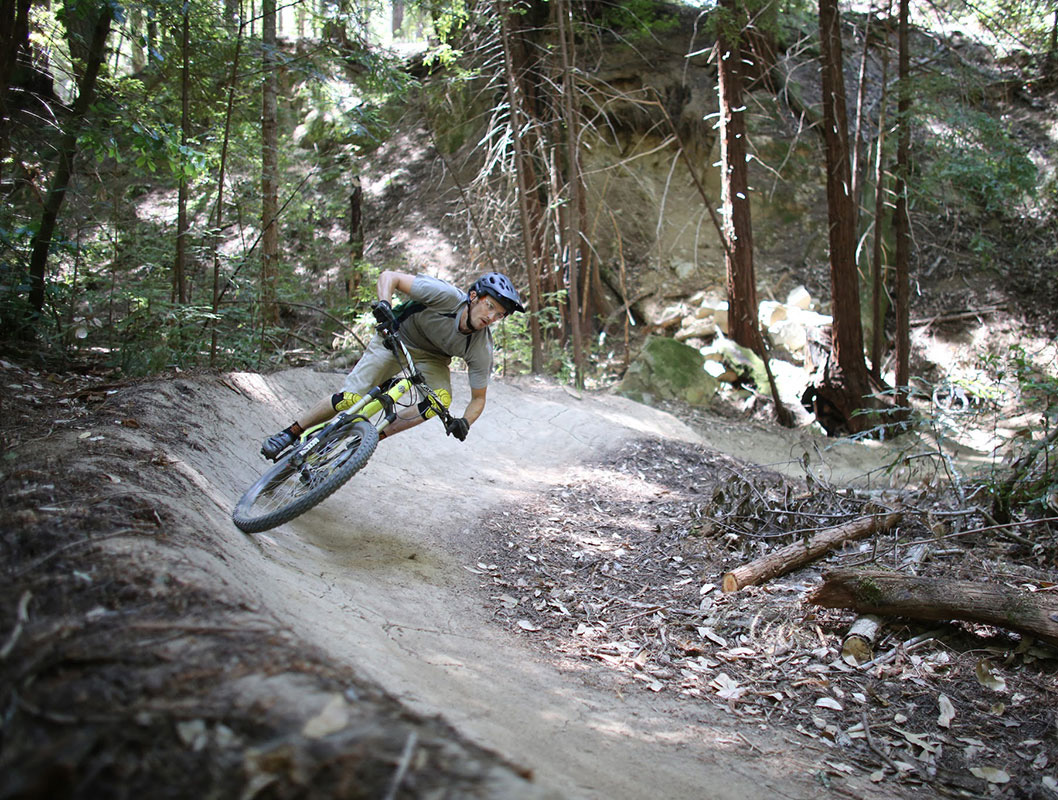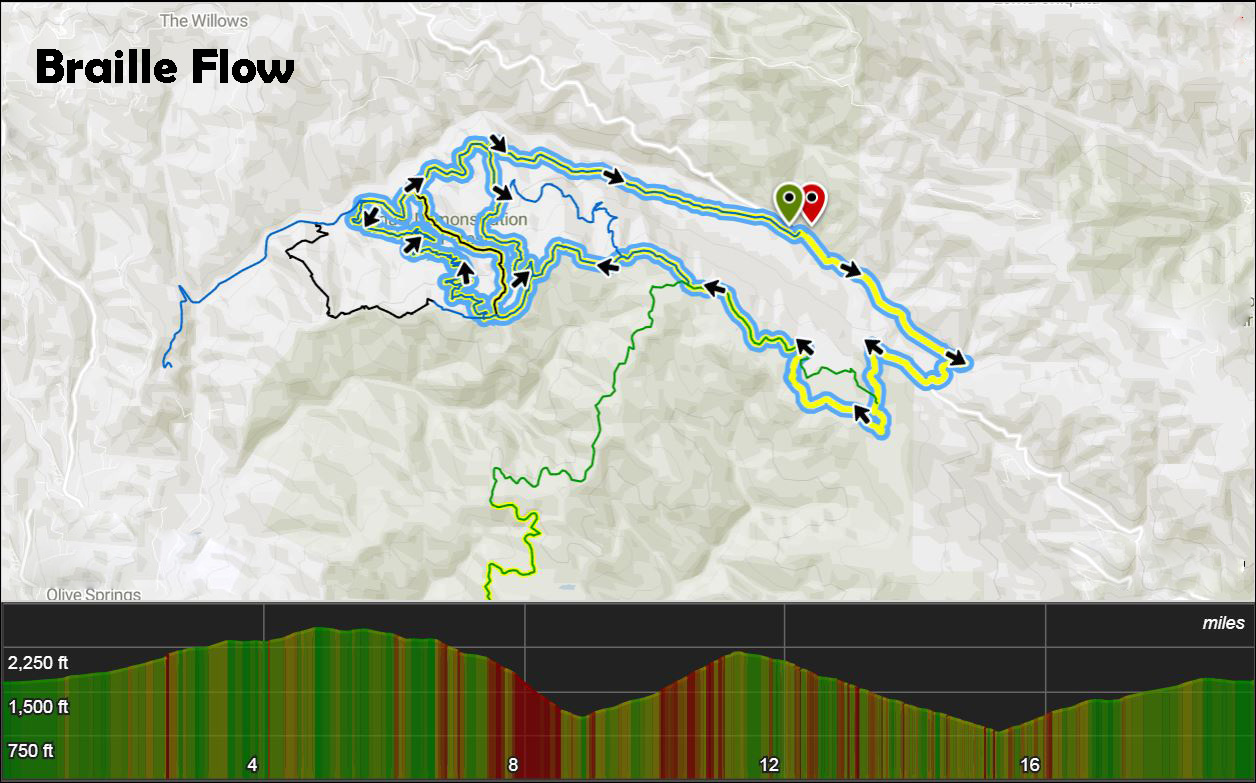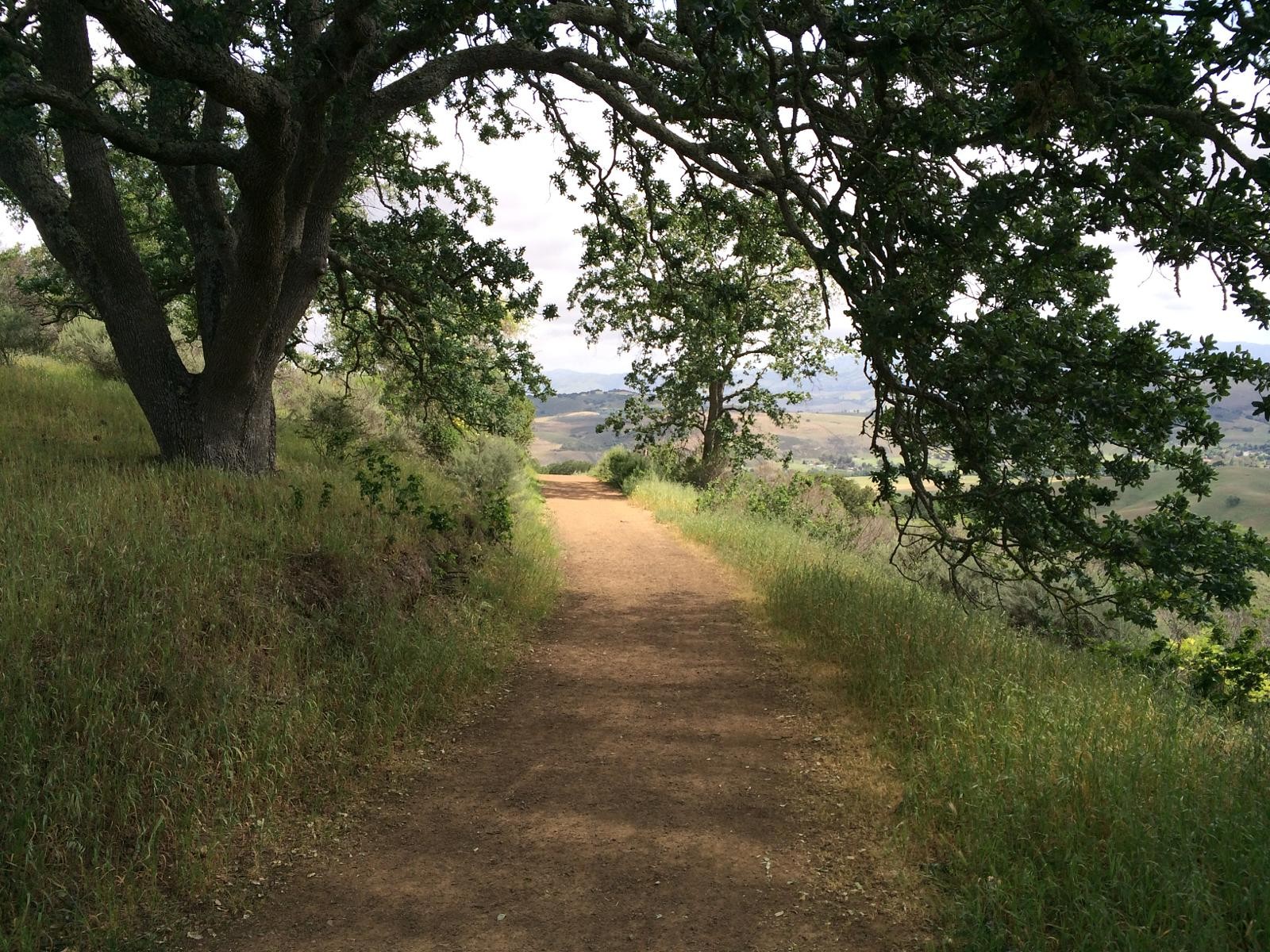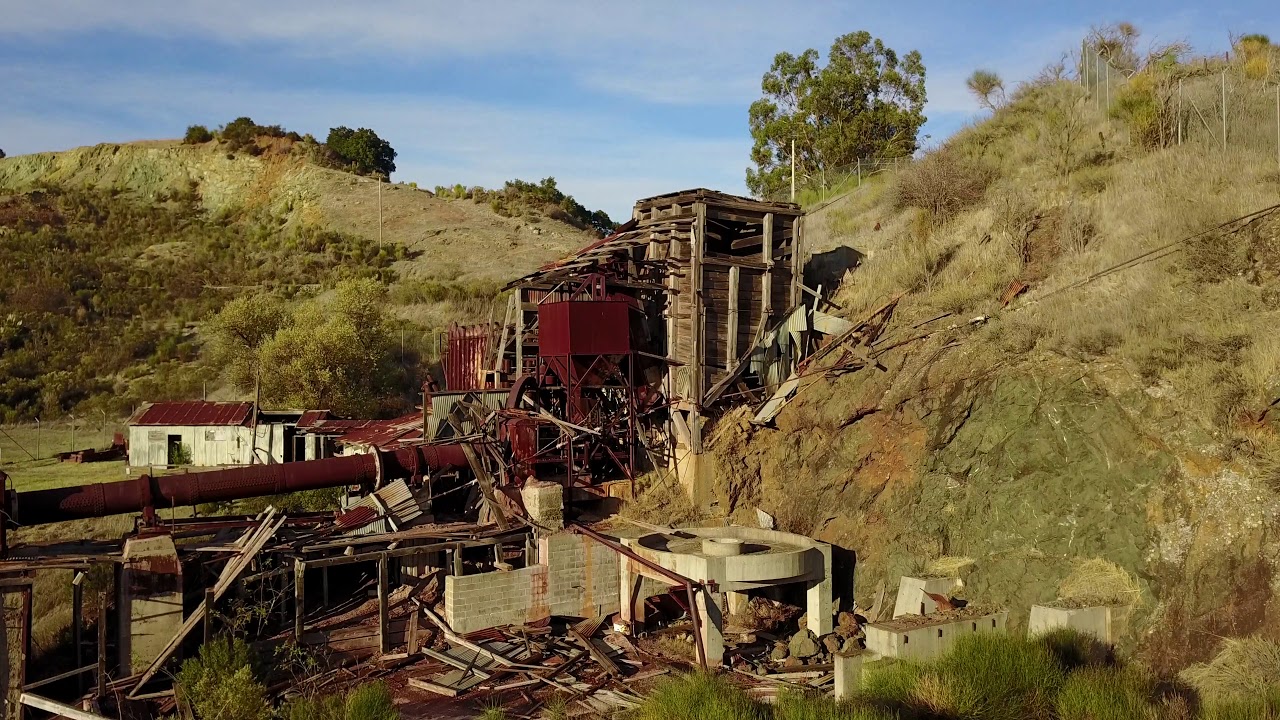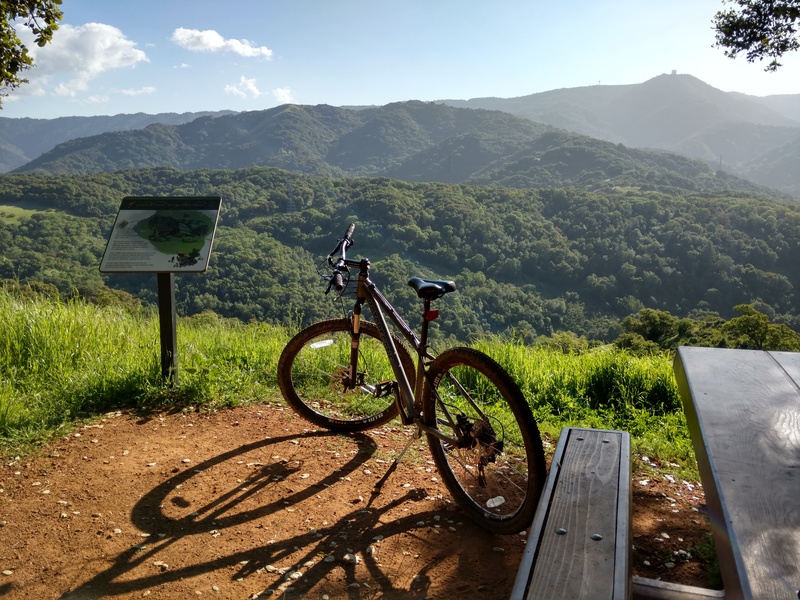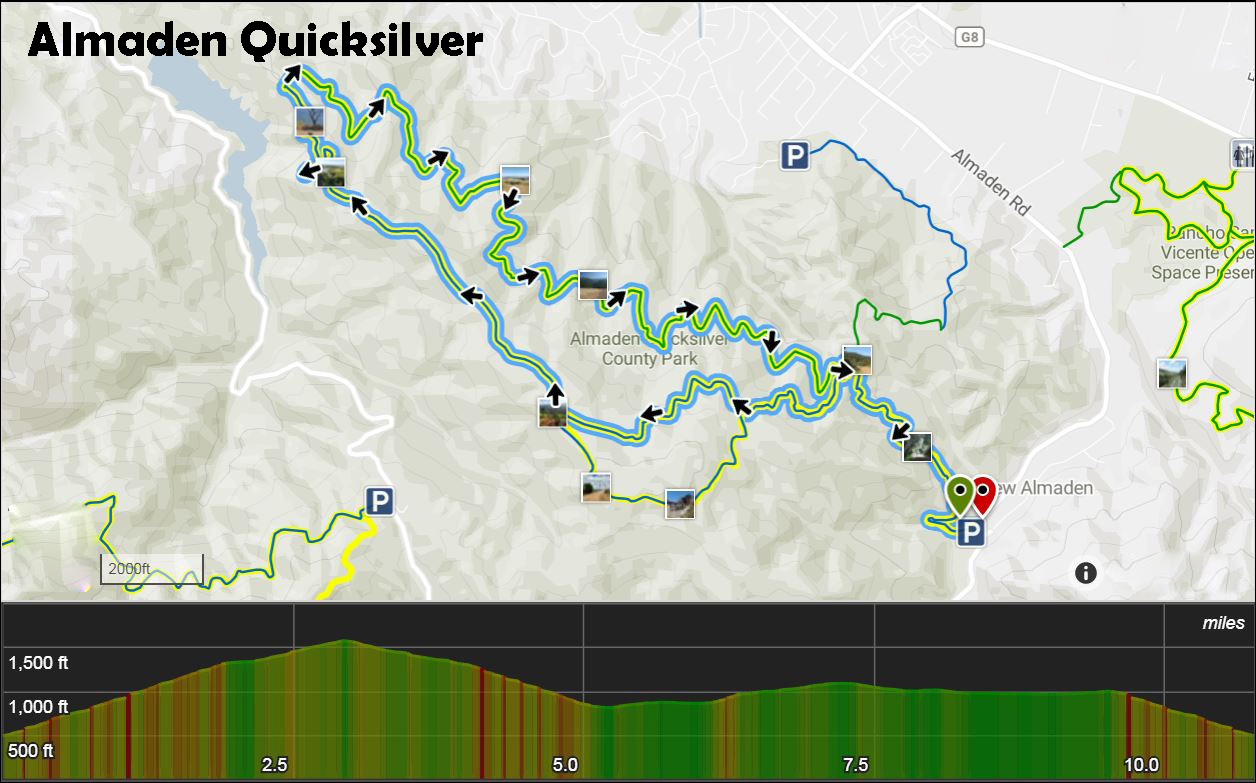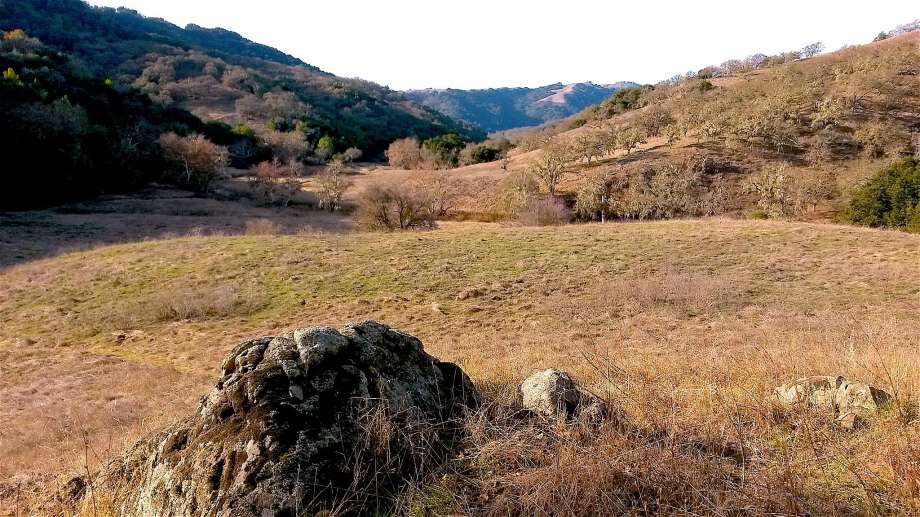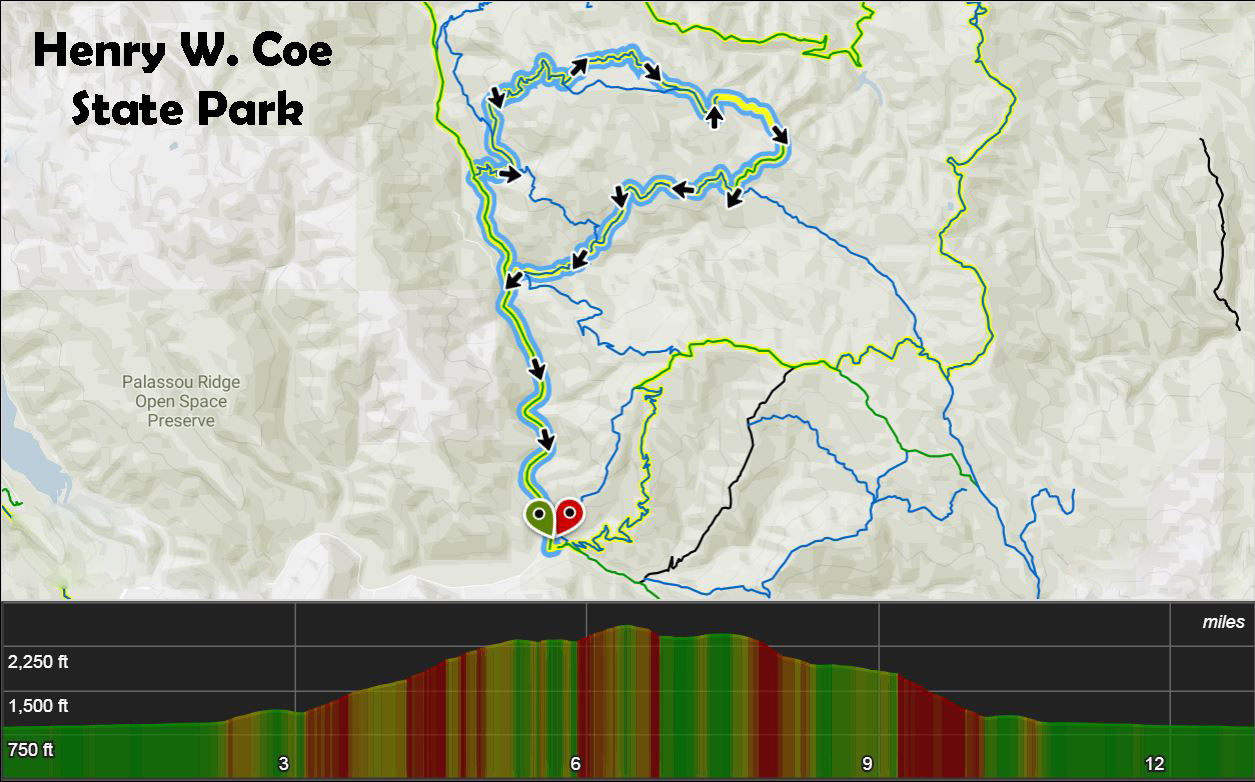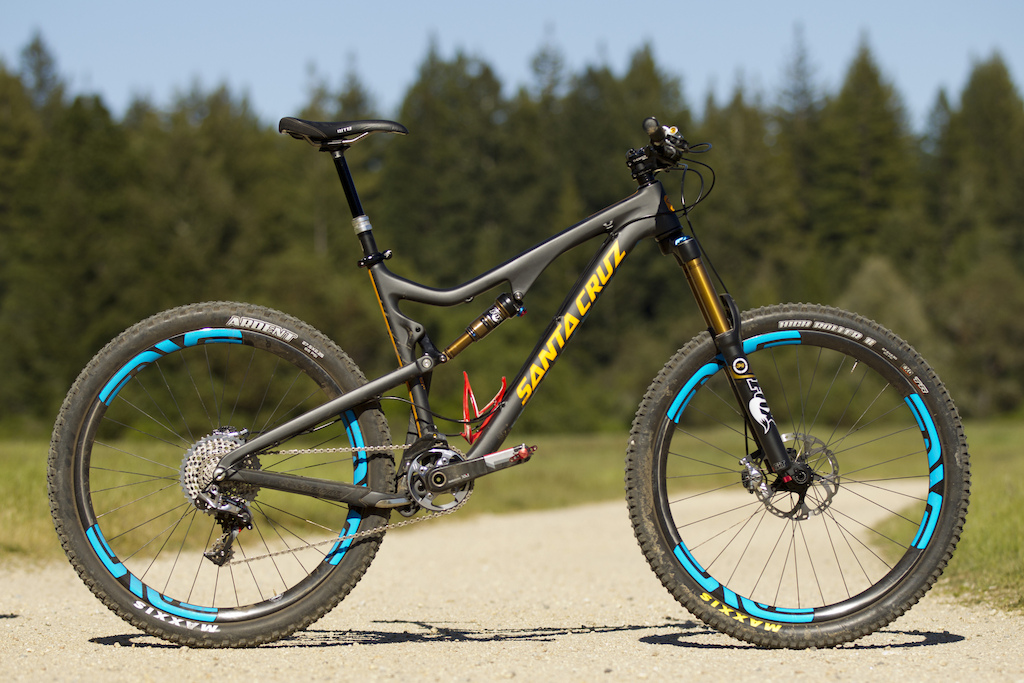Bike Fitting 101
Why Getting the Right Fit can be So Tricky
Finding a bike that fits you well and is comfortable is, without a doubt, one of the most important aspects of buying a new bike. Being a bike that’s the wrong size can make a huge difference in how the bike rides, and will usually have a bigger, more noticeable impact than any changes in suspension design or frame material.
The big problem, however, is that bike sizing is all over the map these days. Most companies have given up on using numbers to describe their bikes, and instead just list their sizes as “Small,” “Medium,” “Large,” etc. But what one company calls a “Medium” is by no means the same thing as another company’s “Medium.” In fact, it’s just the opposite — a Medium from one company might be closer to a Large from another company, or even an XL from yet another company. And to make this even more complicated, some companies aren’t even consistent within their own lineup — for some companies, there are dramatic differences in the sizing between different models.
And all of this can make choosing a size pretty difficult, which is why it’s worth taking a look at a bike’s geometry table. A bike’s geometry is going to tell you all of the crucial measurements for the bike, some of which are going to impact how big the bike feels, and some of which are going to impact how the bike rides.
Gear
So you’ve got yourself a shiny new mountain bike. It's time to hit the trails, right?
Hold your horses there, partner! Here are 8 must have mountain bike accessories for beginners. You'll want to review this list if you're keen on to getting into the sport properly, look, feel and ride like a real mountain biker, and enjoy yourself more. They’re ranked in order from most important to least (get the ones at the top of the list first).
Total expenditure (for entry-level equipment): $200. If you buy them all at once, see if the shop will cut you a bit of a deal. When you're ready to practice your skills, check out these great reources:
6 Ways to Improve Your Mountain Bike Skills
5 Health Benefits of Mountain Biking
Mountain Biking Gear for Beginners
1. A helmet: Seems pretty obvious, but it’s astounding how many people actually ride trails without a helmet on, which is like begging for a brain injury. Don’t ride without a helmet. You can get a pretty decent helmet for as little as $50 (or up to $300 if you want to splurge). If you’re in North America, try Mountain Equipment Co-op (Canada) or REI (USA), or if you're in Europe, Decathlon – they have great prices and selection. The key is to get something that fits snugly and won’t wobble around while you’re riding (or crashing). If you can’t make your helmet snug then it won’t protect your head. Also try and get something that is well-ventilated so you don’t have rivers of sweat pouring into your eyes.
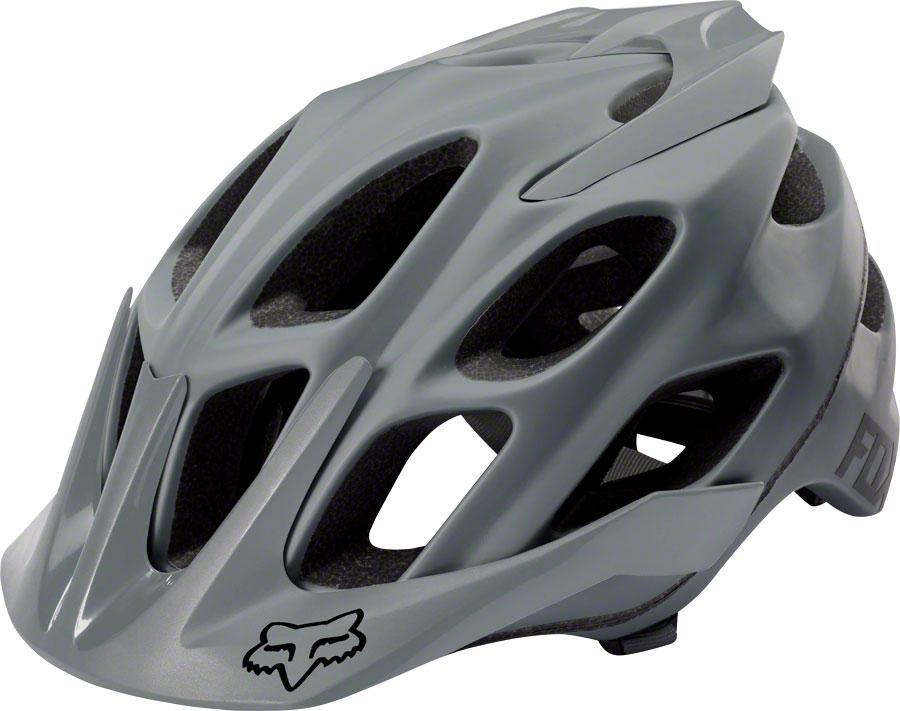
2. Hydration system: water bottles that affix to a water bottle cage on your frame are the cheapest option, but they generally don’t carry enough water for a long-distance ride. If you’re planning on doing any rides that are more than 2 hours long you should invest in a hydration pack (i.e. a small pack that goes on your back and has a water bladder and hose). We love Osprey Packs – they’re some of the best built and feature-rich packs on the market.
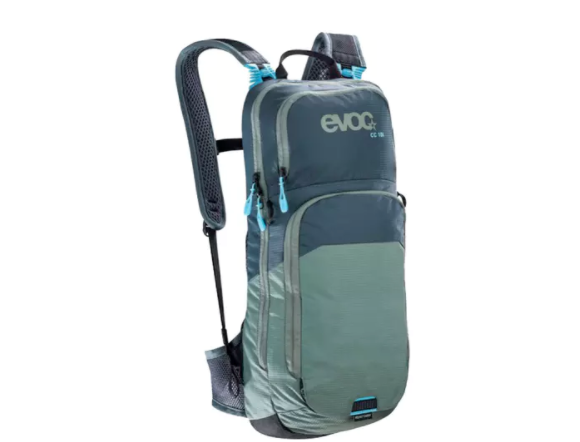
3. Handheld Pump and Tube: Get a pump that can switch between Presta and Schrader valves, and is small enough to fit in a hydration pack but big enough to not require 1500 pumps to fill up a tube. Carry at least one spare tube with you on every ride (make sure you get the right size tube!). A pump and tire can save you a long walk back to the trailhead.

4. Protective Glasses: Get some glasses with clear lenses (as opposed to sunglasses, which are not recommended if you’re riding in the forest). They’ll potentially save you from being blinded by a stick in the eye. A basic model will set you back $20, or if you want to splurge, get some with removable lenses in various colours for different lighting conditions.

5. Multi-Tool: get a basic multi-tool with a few different sizes of Allen wrenches along with flathead and Philips screwdrivers. If you don’t have the budget for a separate multi-tool and chainbreaker, get a multi-tool with a built-in chainbreaker – it could save you a long walk back to the trailhead.
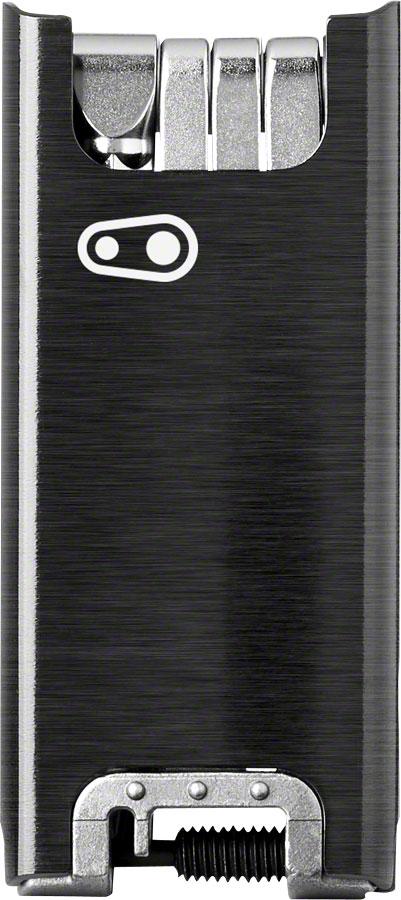
6. Riding Gloves: If you’ve ever wiped without gloves and landed on your hands, you’ll probably never ride again without gloves. Get the full-fingered kind - you’re not a bike courier. And get some with a bit of palm padding to cut down on hand fatigue.
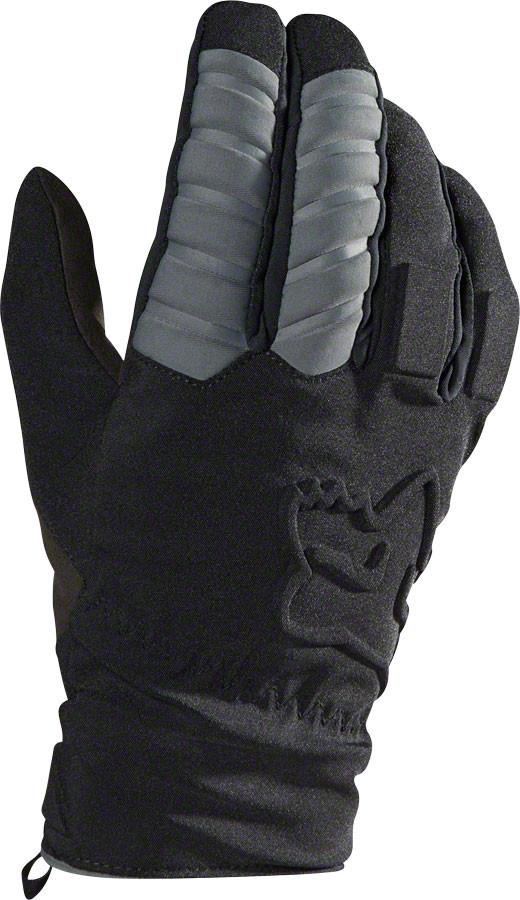
7. Riding Shorts: a decent pair of riding shorts, with padding inside, will keep you from getting saddle sore and/or getting rashes in places where you don’t want rashes.
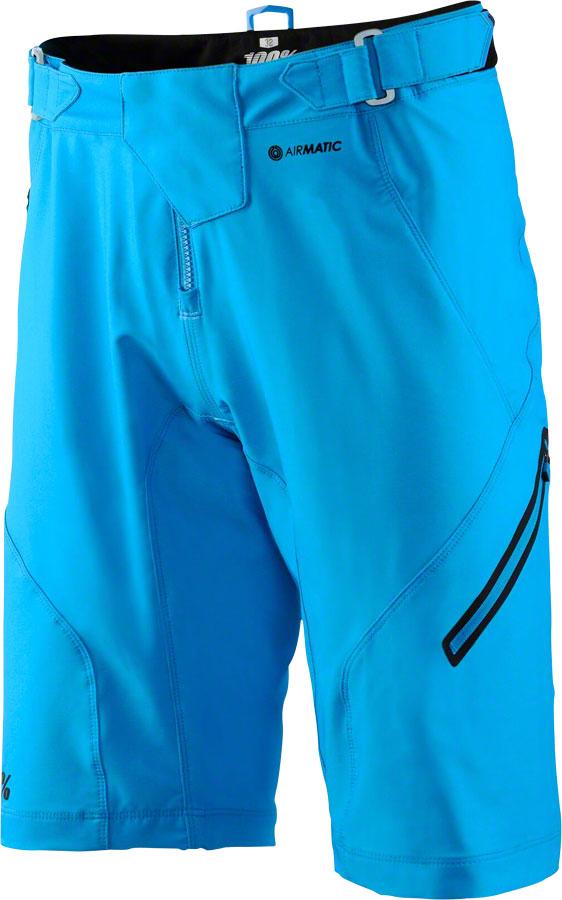
8. Riding Buddy: Ok, technically not an accessory, but a good riding buddy or two makes every ride that much better. See ‘6 ways to meet new riding friends’ in this guide.
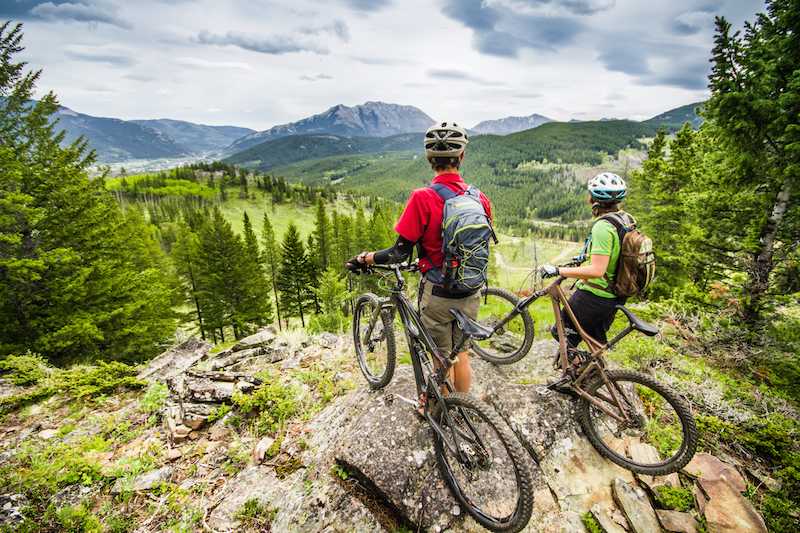
COST: a few beers every now and then
TOTAL COST: roughly $200
bike_shop.jpg
Trail Riding
Mountain Biking 101: The Need to Know Basics
If you’re starting out in the mountain bike world - welcome! You’ll want to understand the basics of mountain biking and apply these tips to your daily rides.
Before hitting the trails, it’s important to understand proper trail etiquette. Mountain biking is a addictive sport that requires trail infrastructure, community support and the help of volunteers to build those trails. Before saddling up, find out if you’re biking on a multi-use trail system and recognize that there may be other trail users other than mountain bikers. A few rules to follow:
Be Friendly
Say “hi” to fellow riders, hikers, trail runners, horseback riders and so on.
“Leave no Trace”
For mountain bikers, “take only photographs, leave only tire marks" should apply to the leave no trace principle. Don’t leave garbage on the trail, don’t carve your name in trees or don’t create your own short cuts. Use the existing switchbacks and walk your bike if the trail conditions seem to be sensitive.
Yield
Be aware that mountain bikers usually need to yield to other trail users - pull over to the side of the trail and let runners and horseback riders pass - you’ll be happy you did, as spooking a horse might not end well. It’s also proper etiquette for downhill riders to yield to uphill riders. The reason? Well, riding uphill is challenging and once you’ve found your flow going up, you don’t want to stop.
Respect
Respect trail closures and trail signs - simply put, if a trail is closed, don’t ride it. The local mountain bike club probably closed it for a reason. Sensitive habitat, erosion, trail re-routing or a change in land ownership are just a few of the reasons the trail may be closed.
Wildlife
Remember, you’re in their environment. Be prepared to come across wildlife on your rides and respect their space. Try not to spook animals. Make noise constantly , especially around blind corners, it’s also a perfect time to test out your singing skills!
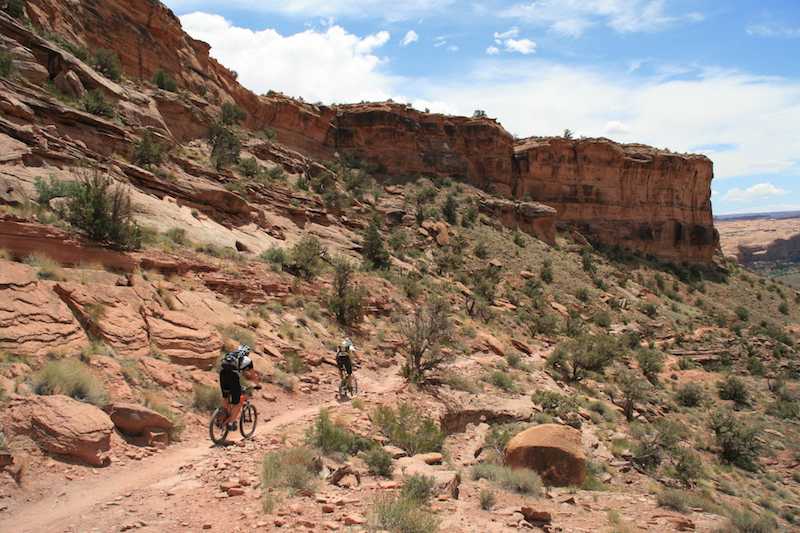
Read The Trail
It’s important to read the trail when you’re mountain biking. What does this mean? Well, you should always know what’s ahead and prepare for roots, rocks, drops, jumps, and obstacles that are 15-20 feet ahead. Look where you want to go - not where you think you will fall! Think about ‘scanning’ the trail - and constantly scan the area from your front tire to 20 feet ahead.
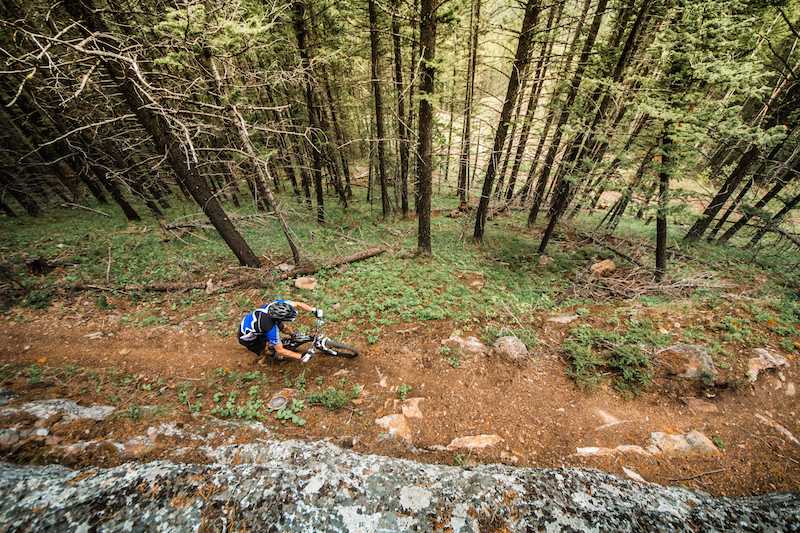
Body Position
The proper body position while riding can make or break your ride. After reading the trail, adjusting your weight is an important skill to ensure you don’t keel over the handle bars and you can tackle obstacles confidently. When riding, focus on the following body positions...
Neutral Position:
When you’re riding non-technical sections of trail, you can find comfort and stability in the neutral position.
-
slight bend in the elbows and knees
-
look ahead on the trail about 15-20 feet
-
index fingers ready on the brakes
-
level pedals with even weight
-
you can be seated

Ready Position:
When the trail becomes steeper, rockier and more obstacles appear - it’s time to get READY! Ready position will help prepare to conquer those obstacles and is a more active position.
-
deep bend in the elbows and knees
-
shift your hips back and lift your butt off the seat
-
look ahead on the trail about 15-20 feet
-
index fingers ready on the brakes
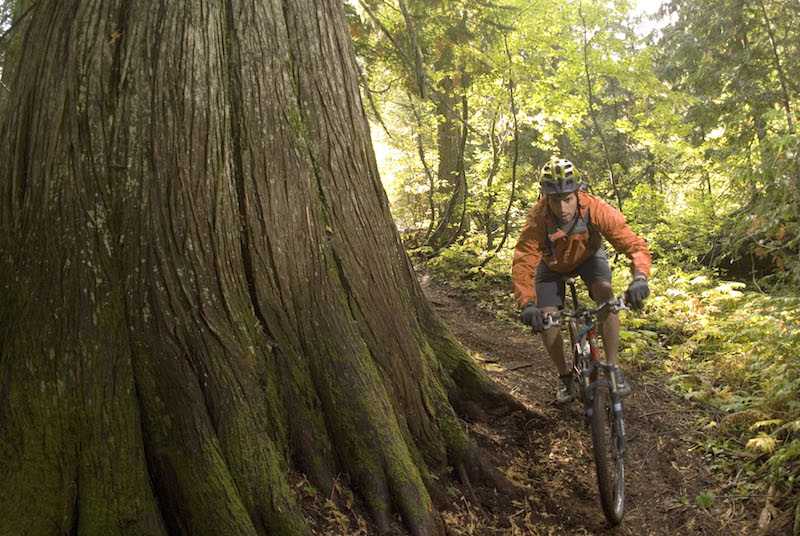
Seat Position
Adjusting your seat to different heights throughout your ride will help when ascending and descending.
Climbing:
-
Adjust your seat to a higher position
-
When your leg is fully extended, you should have a slight bend in your knee
-
This will increase your efficiency
Descending:
-
get the most out of your downhill ride by lowering your seat 2-3 inches
-
shift your weight backwards to lower your centre of gravity
-
cover the brakes with your index fingers to ensure you can brake if needed
Braking
You should always be prepared to brake by having your index fingers ‘covering’ your front and rear brakes. Braking should be controlled and “light” - never try to slam on the brakes in hopes of recovering from a fall... as it could make things worse. It might sound counter-intuitive, but braking can actually help you bike faster. Use your brakes to control turns, and your momentum to speed you up. It’s about finding balance between braking, using your momentum and reading the trail.
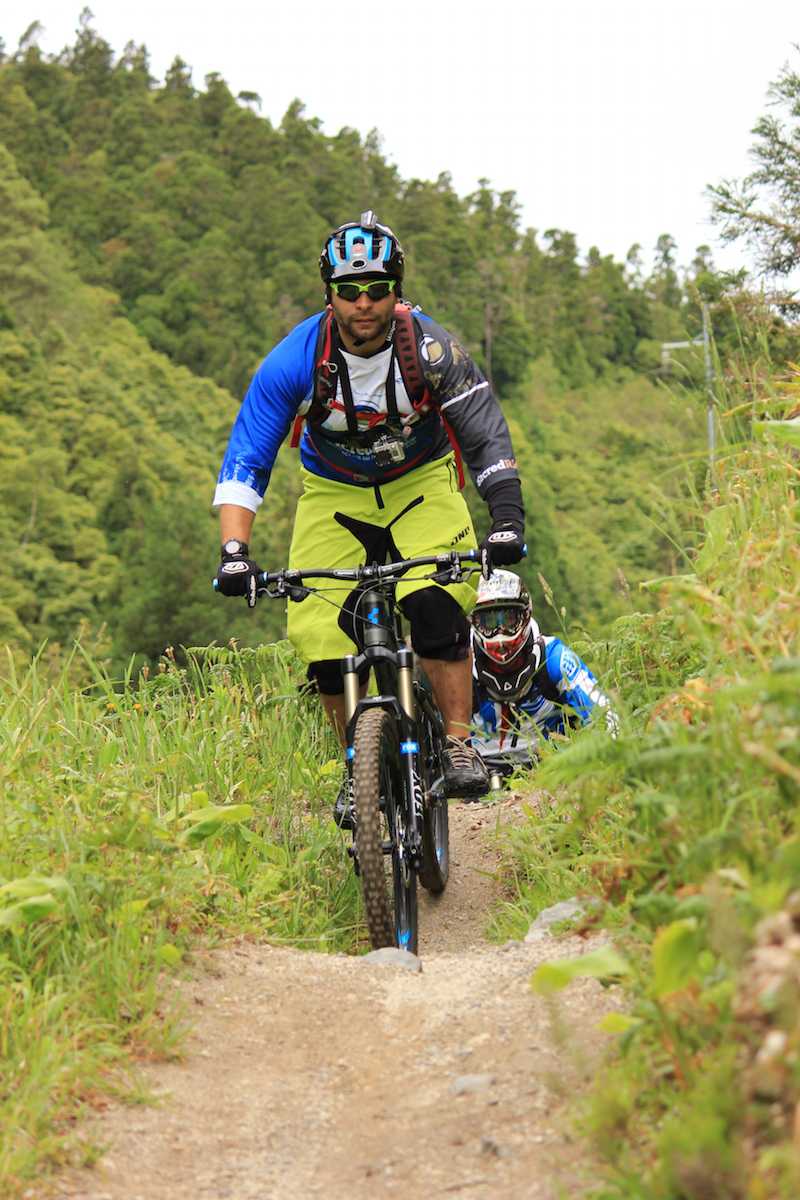
Preparing to Fall
It’s inevitable - you will fall. And when you do, hopefully you will stand up tall after and shake it off. Then, hopefully you will proudly show off your bruises and scars. If you’re not falling off your mountain bike, you’re not challenging yourself - and in the long run that’s part of becoming a better rider. Be prepared to fall with the proper gear. Suit up with elbow pads, knees pads, a good helmet and gloves --- you’ll be happy you did!

Bike Maintenance
How to: Basic Bike Maintenance for Beginners
In the last few years, bikes have evolved from a mere tool of recreation into a true investment. You no longer have to be a hardcore cyclist to fit the caricaturist joke that your bike is worth more than your car: high end mountain bikes are consistently topping the $10,000 range. Unfortunately, purchasing the bike is just the start of your investment. It is critical to maintain your bike–no matter what you spent on it–to enjoy it, ride safely, and ensure that it lasts so you can one day leverage it to buy your next wunderbike.
Pros have the luxury of mechanics that keep their rigs in tip top shape–otherwise, they wouldn’t last more than a couple of races. As a beginner, you may be wondering what you can do, especially if you know very little about bike repair, to keep your own steed purring as smoothly as the day you bought her. It is also important to recognize things on your bike that can harm you. Here are some tips on basic maintenance to do before and after every ride, and throughout the season, to protect your investment.
Before Every Ride:
Check your tire pressure. Make sure they are set exactly where you want them to be. An inexpensive digital gauge such as the Topeak D2 Smartgauge is a fast way to do it without breaking out your pump every time. Nothing says “bummer” like changing a flat tire before–or during–a ride. While you’re at it, check your tire wear and inspect for any other damage, like a rogue goathead that may come out and cause a flat during a ride.
Check your brakes. Testing them on a downhill is not the time to discover there’s an air bubble trapped in your reservoir. Take a quick test drive around your house, and pump them a bit. If they feel a little loose, there may be a small bubble you can work free by pumping them a few times, or turning your bike upside down. If not, you should have them bled. If they feel soft, make sure your pads are not worn, then check your lines to make sure there isn’t a leak. It isn’t necessary to check your pads every time you ride if your brakes feel solid, but get in the habit of inspecting them for wear every now and then.
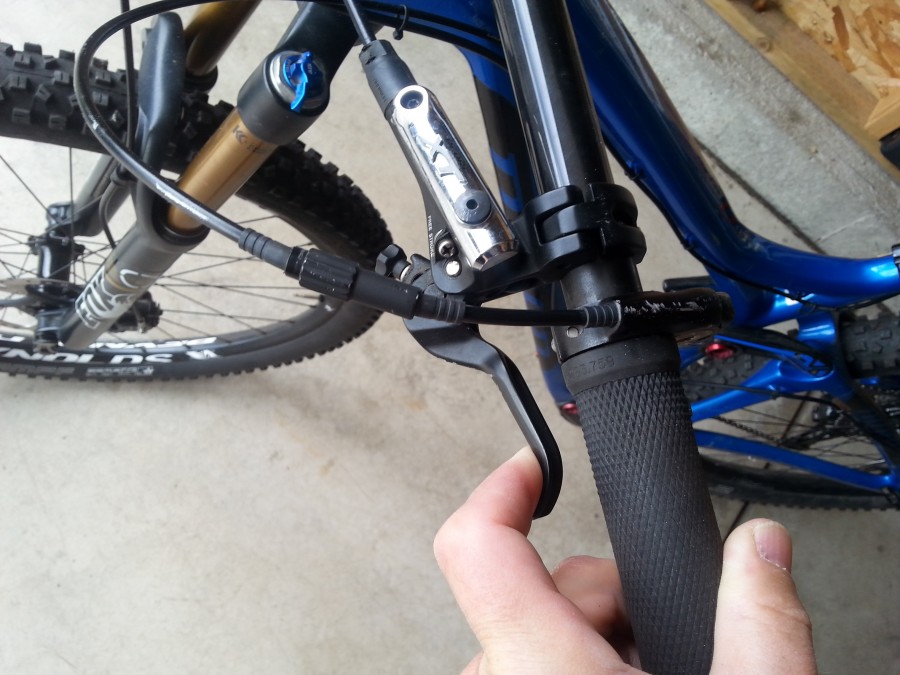
Check your shifting. On your quick test ride, run through all the gears. If they feel off, check and make sure that your wheels are seated properly in the skewers or thru-axles. If they are, then adjust the barrel adjuster on your shifters forward or backwards if you know how. If you don’t, beware: it is easy to make shifting worse if you just randomly start twisting things. Also, check your chain and make sure all of the links are running across the chainring (front) and cassette (rear) without skipping. If your chain is skipping, you may have a frozen link. Lube it.
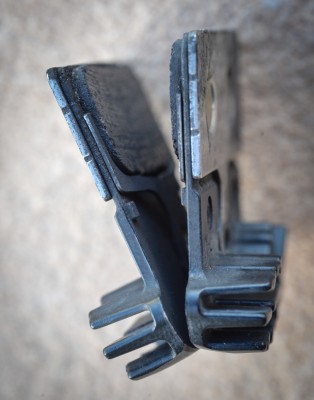
Check the fit. Again, on your test ride, make sure nothing feels off since the last time you rode your bike, especially if it has been a while. This is the time to adjust your saddle or post height, and check to make sure your dropper post is working if you have one.
Check your bolts and screws. This really applies to a component you may have recently installed, particularly one that has a lot of torque, such as a new chainring. These items can loosen after a ride or two. It also important to check all of your bolts, on every part, every so often, and make sure none are loose or missing. Don’t be tempted to tighten bolts every time you check them, or you may over-tighten and damage the part. Carbon parts have an exact tolerance, and it is good idea to invest in a torque wrench or a T handle torque wrench so that you don’t over-tighten and destroy carbon bars, seatposts, etc….
Check your skewers or thru-axles. Nothing says “bad day“ like having your wheel come off while you are riding downhill. For a variety of reasons, including forgetting to tighten them after you pull your bike off of a roof rack, your axles may be loose. Check and make sure before you hit the trail.
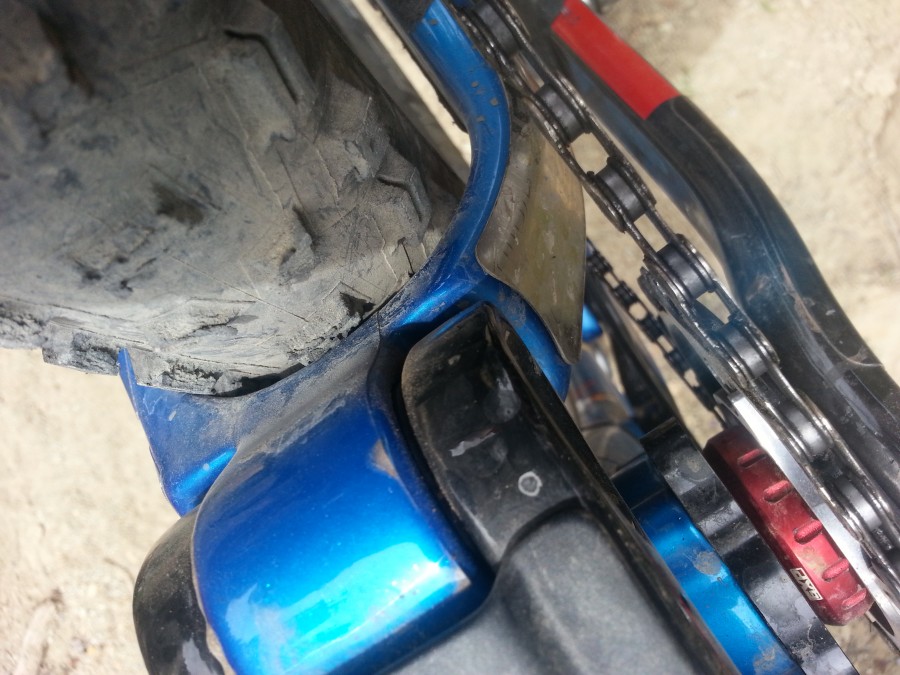
After Every Ride:
Inspect your bike. Make sure there are no cracks in the frame or the handlebars, especially if you have carbon. This goes double if you crashed on your ride, because small cracks can have catastrophic consequences. Check your drivetrain, brakes, and other items too. It is better to find out now that a part needs servicing, than right before your next ride.
Clean your bike. In general, you don’t need to wash your bike after every ride. In fact, it could be detrimental because you will continually expose your bottom bracket and hubs to water and soap, wearing them down faster. Where you live and ride dictates how often you should wash your bike–and this varies with seasons. If you typically ride in mud or wet conditions, you may need to wash it more often. Otherwise, a gentle wash once a week is sufficient to keep it clean for inspection, testing, and lubrication.
By the way, don’t use a pressure washer or high powered hose on your bike, especially around greased moving parts like the hubs and bottom bracket. Almost any liquid soap will do, but beware that some soaps have strong detergents that may affect paint or lubed parts. When in doubt, buy a bike-specific liquid soap like Pedro’s Green Fizz. Degreasers are helpful too, but be judicious where you spray them or you will inadvertently degrease essential parks like the headset or bottom bracket.
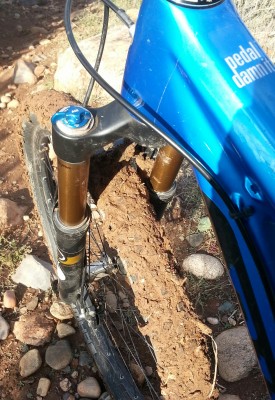
Wipe down your suspension stanchions. Commonly ignored, it is easy to hang the bike up after squeezing every minute of riding time out of your rig and forget to care for your fork and shocks. Keeping dust and mud off of the stanchions preserves the silky smooth reliability of your fork/shocks, and extends the service interval by keeping mother earth out of the suspension oil. It’s also a good idea to check your recommended air pressure for both the shock and fork every few rides, especially if something feels different or not quite right.
Lube your drivetrain. Wipe off or clean your chain and use your lube of choice. If you don’t know what lube is best, ask a local shop based on your local trail conditions. Lubing a chain after a ride lets it sink into the chain and attracts less dust and sand than lubing before a ride. Go slowly and add a tiny drop to each link carefully, then wipe off the excess. Using a lot of lube will only attract dirt and interfere with shifting. You should not have to scrub or deep clean your chain too often–no more than once a month depending on where you ride and how often. If you consistently have a heavy, dirty grease buildup on your chain or cassette, you are probably using too much lube. Using a chain cleaner such as the Park Tool Chain Gang can also be helpful.

Annually:
It is also important to have your bike serviced every season, usually in the late winter or spring before the pinnacle of biking season ramps up. This may include servicing forks or shocks, bleeding brakes, rebuilding hubs, refreshing tire sealant, replacing the bottom bracket, or simply a detailed inspection, deep clean, and lube. If you can do all of this yourself, great!! But professional shops charge anywhere from $100-$400 for these services, depending on what needs to be done and how complicated/expensive your bike is (more expensive parts generally require more expensive maintenance). Expect to spend about $200-$250 annually if you don’t know how to service anything yourself.
Also, how often you service your bike and parts depends on how well you maintain your bike, how many miles you put on it, and the conditions you ride in. The more you make sure your bike is in good working order on a routine basis, they less you will spend annually in service.
Hapyy Trail riding!!!!

